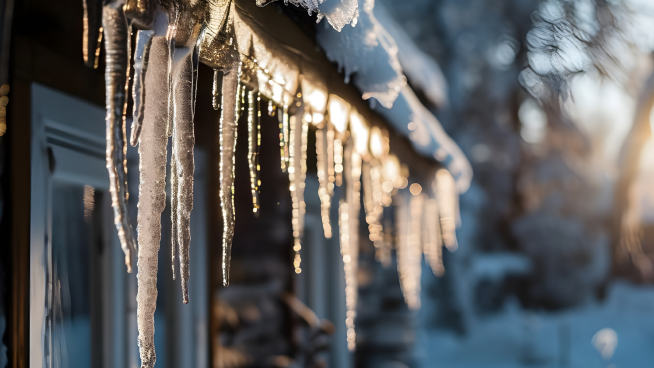The Inside Outside Guys ~ Listening to Your House
From The Detroit News | By Ken Calverley and Chuck Breidenstein
DETROIT, January 25, 2024 ~ For most of us, winter can now be over.
We enjoyed a beautiful white holiday season, and we are now mentally ready for spring.
But the reality is that we have another few months to endure the cold; and so does our house.
It is worth your time to stay aware of cold weather issues that may impact performance and comfort during winter, and items that could lead to required maintenance or expensive repair.
A good place to start is the foundation. You hear the Guys talk about the importance of keeping surface water away from the home.
Proper water management includes gutters of the correct size and configuration, including the downspouts and downspout extensions.
PODCAST:
January 28, 2024 ~ Chuck “The Inside Guy” Breidenstein and Ken “The Outside Guy” Calverly offer the knowledge and resources you need to make the home of your dreams a reality. Catch them every Saturday and Sunday from 10 a.m. to noon on 760 WJR.
(CONTINUED)
For housing advice and more, listen to “The Inside Outside Guys” every Saturday and Sunday on 760 WJR from 10 a.m. to noon, or contact them at InsideOutsideGuys.com.

